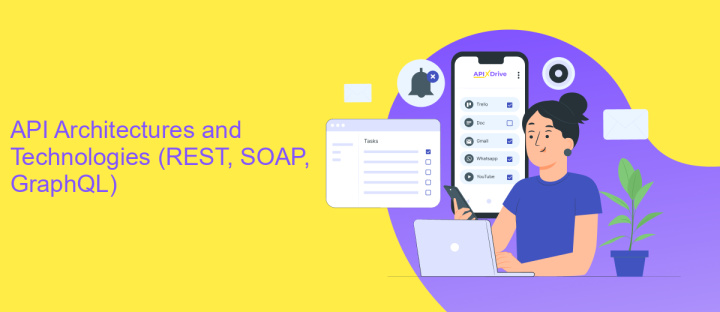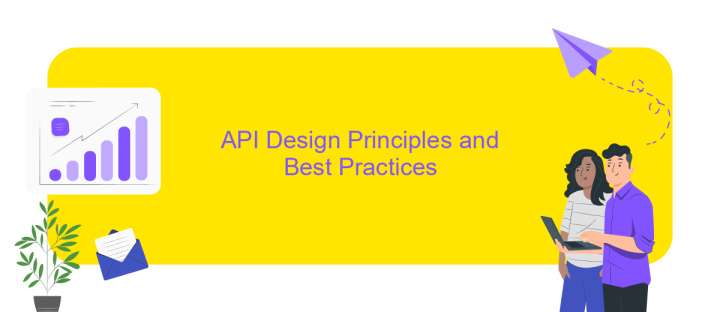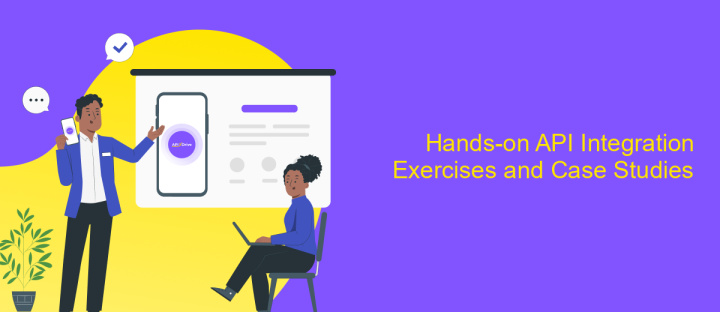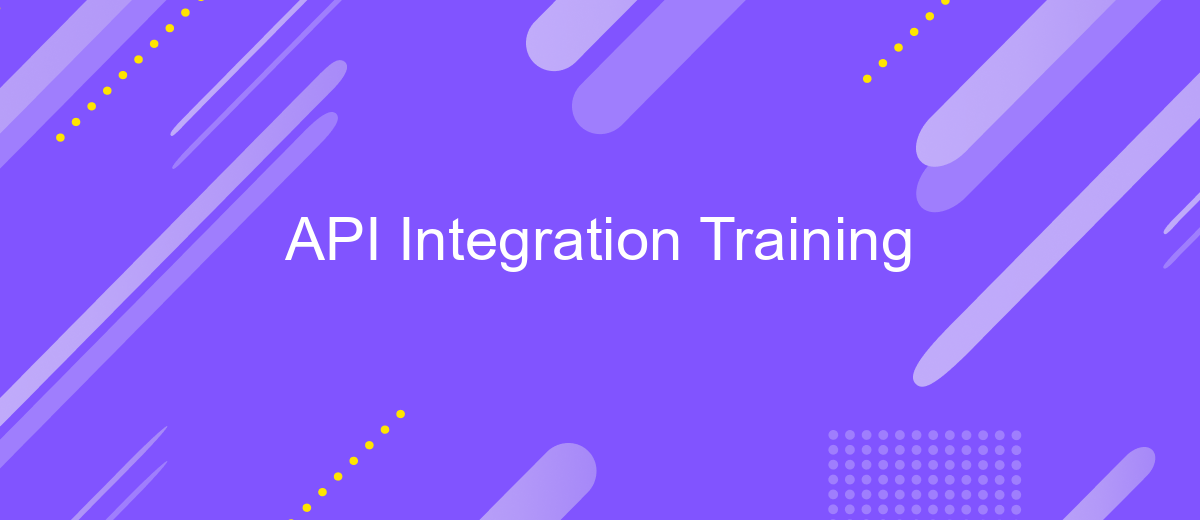API Integration Training
In today's rapidly evolving digital landscape, API integration has become a critical skill for developers and IT professionals. This training course provides a comprehensive introduction to the fundamentals of API integration, equipping participants with the knowledge and tools needed to seamlessly connect applications and services. Whether you're a beginner or looking to enhance your existing skills, this course offers valuable insights into efficient and effective API integration practices.
Introduction to APIs and Integration
In today's digital landscape, Application Programming Interfaces (APIs) play a pivotal role in enabling seamless communication between different software systems. APIs act as intermediaries that allow applications to interact with each other, sharing data and functionality. This capability is vital for businesses seeking to enhance their services by integrating third-party applications or developing complex systems that require multiple components to work together harmoniously.
- APIs facilitate data exchange between disparate systems.
- They enable the integration of third-party services into existing applications.
- APIs support the creation of modular and scalable software architectures.
- They enhance user experiences by providing real-time access to data and features.
Understanding the fundamentals of APIs and integration is essential for developers and businesses aiming to stay competitive in an increasingly interconnected world. By leveraging APIs, organizations can streamline operations, reduce development time, and unlock new opportunities for innovation. As technology continues to evolve, mastering API integration will remain a crucial skill for anyone involved in software development and system design.
API Architectures and Technologies (REST, SOAP, GraphQL)

API architectures play a crucial role in enabling seamless integration between diverse systems, with REST, SOAP, and GraphQL being the most prominent technologies. REST, or Representational State Transfer, is widely favored for its simplicity and scalability. It uses standard HTTP methods and is stateless, making it ideal for web services that require quick and lightweight communication. SOAP, or Simple Object Access Protocol, offers a more rigid structure with built-in error handling and security features, making it suitable for enterprise-level applications where reliability is paramount.
GraphQL, a more recent entrant, provides a flexible approach to API design by allowing clients to request exactly the data they need, reducing over-fetching and under-fetching issues. This makes it particularly useful for applications with complex data requirements. Tools like ApiX-Drive can be instrumental in setting up these integrations efficiently, offering a user-friendly interface to connect various APIs without extensive coding. By understanding the strengths and use cases of REST, SOAP, and GraphQL, businesses can select the right architecture to optimize their integration strategies.
API Design Principles and Best Practices

Designing a robust API is crucial for seamless integration and efficient data exchange. A well-designed API ensures that developers can easily understand and implement it, leading to faster adoption and fewer errors. Focus on creating intuitive endpoints and providing comprehensive documentation to facilitate user engagement.
- Consistency: Maintain uniformity in naming conventions, response formats, and error handling across the API.
- Versioning: Implement version control to manage changes without disrupting existing users.
- Security: Use authentication and encryption to protect data and ensure secure communication.
- Scalability: Design the API to handle increased loads and expand functionality as needed.
- Documentation: Provide clear and comprehensive documentation for developers to understand and use the API effectively.
Adhering to these principles and best practices will result in an API that is not only functional but also user-friendly and secure. By prioritizing consistency, security, and scalability, developers can create APIs that stand the test of time and adapt to evolving technological demands.
Hands-on API Integration Exercises and Case Studies

In the realm of API integration, hands-on exercises are essential for developing practical skills. These exercises provide a platform for learners to apply theoretical knowledge in real-world scenarios, enabling them to tackle complex integration challenges with confidence. By engaging in practical tasks, participants gain a deeper understanding of how APIs function and how they can be leveraged to enhance system interoperability.
Case studies further enrich the learning experience by offering insights into successful API integration projects. These real-life examples illustrate best practices, common pitfalls, and innovative solutions, providing valuable lessons that can be applied to future projects. Through the examination of diverse case studies, learners can explore various industries and discover how API integration drives business success.
- Develop a RESTful API for a mock e-commerce platform.
- Integrate a third-party payment gateway using OAuth 2.0.
- Analyze a case study on API-driven digital transformation in healthcare.
- Implement a microservices architecture with API Gateway.
By participating in these exercises and studying case examples, learners build a robust foundation in API integration. This hands-on approach ensures they are well-equipped to design, implement, and optimize API solutions that meet organizational needs and drive innovation.
- Automate the work of an online store or landing
- Empower through integration
- Don't spend money on programmers and integrators
- Save time by automating routine tasks
Testing, Debugging, and Troubleshooting API Integrations
Testing API integrations is a crucial step in ensuring seamless functionality and performance. It involves validating endpoints, verifying data exchange, and simulating real-world scenarios to identify potential issues. Comprehensive testing should cover different types of requests, such as GET, POST, PUT, and DELETE, to confirm that the API handles them correctly. Automated testing tools can assist in this process by providing consistent and repeatable test cases, reducing the likelihood of human error. Additionally, using services like ApiX-Drive can streamline the testing phase by offering pre-built connectors and real-time monitoring, ensuring that integrations function as intended.
Debugging and troubleshooting are essential when unexpected issues arise during API integration. Start by examining error messages and logs to pinpoint the source of the problem. Tools like Postman can be invaluable, allowing developers to inspect responses and headers. Moreover, maintaining clear documentation and version control can help track changes and identify potential causes of errors. If persistent issues occur, leveraging ApiX-Drive's support and resources can provide additional insights and solutions, facilitating a smoother integration process. Ultimately, thorough testing, effective debugging, and reliable troubleshooting ensure robust and efficient API integrations.
FAQ
What is API integration training, and why is it important?
How can I start learning about API integration?
What are the common challenges faced during API integration?
Can API integration be automated, and how?
What skills are necessary for effective API integration?
Strive to take your business to the next level, achieve your goals faster and more efficiently? Apix-Drive is your reliable assistant for these tasks. An online service and application connector will help you automate key business processes and get rid of the routine. You and your employees will free up time for important core tasks. Try Apix-Drive features for free to see the effectiveness of the online connector for yourself.


